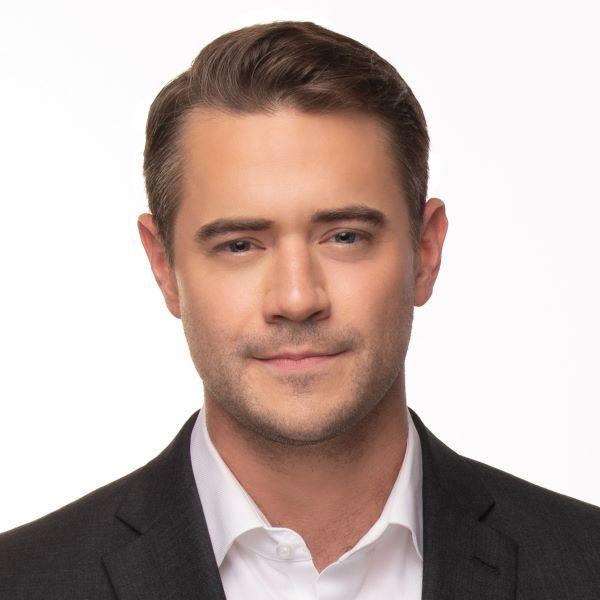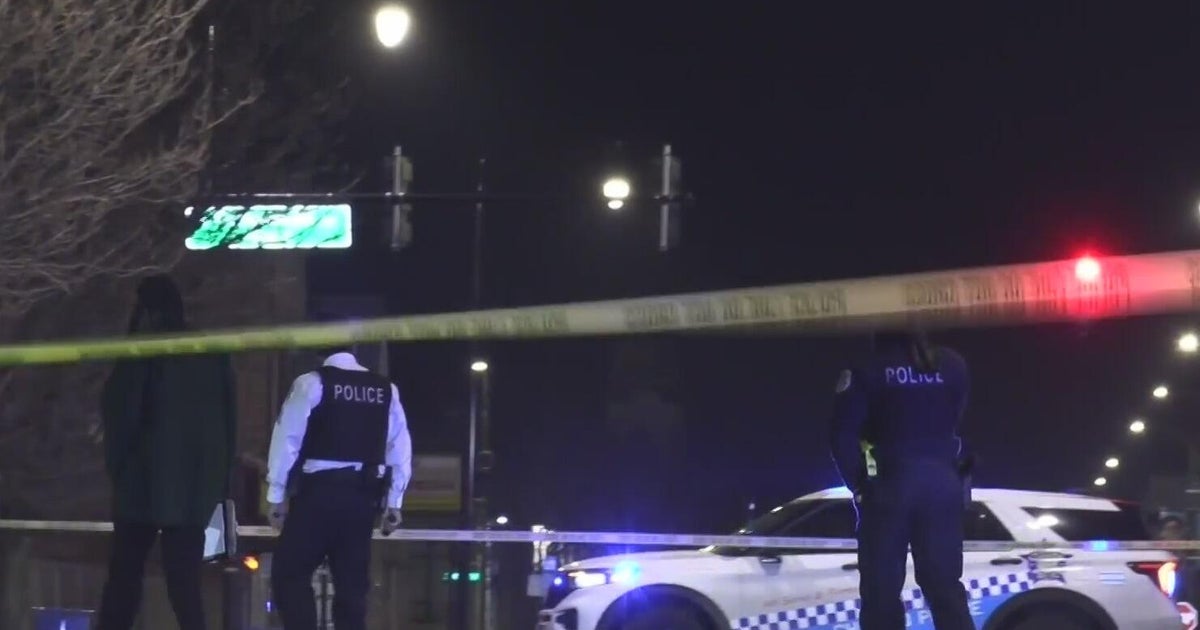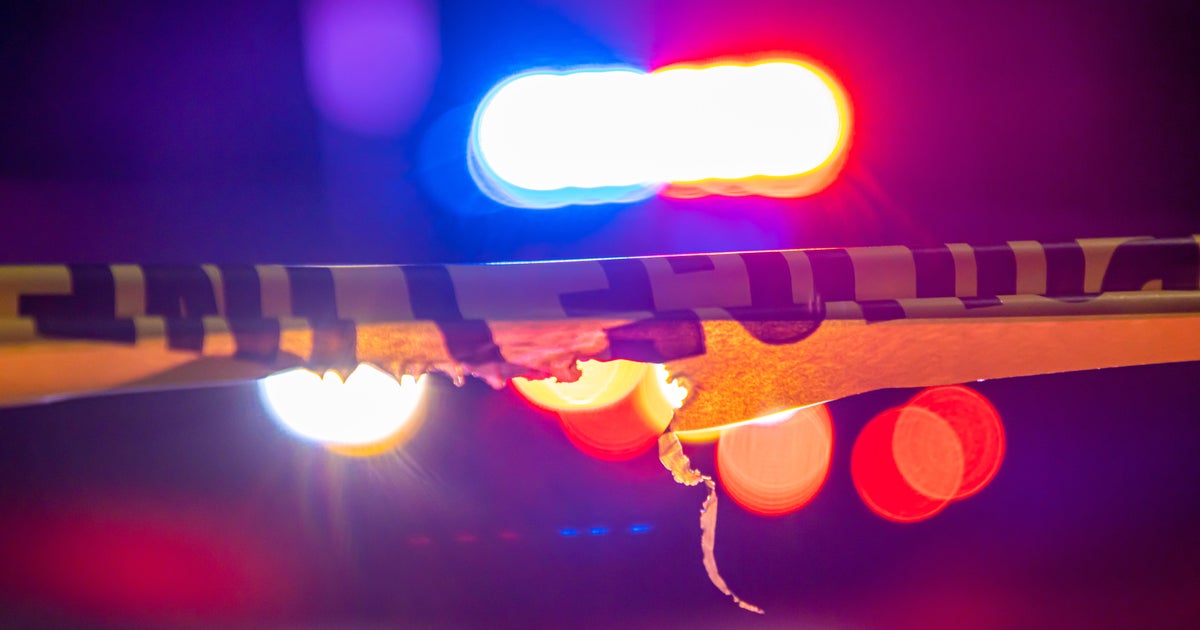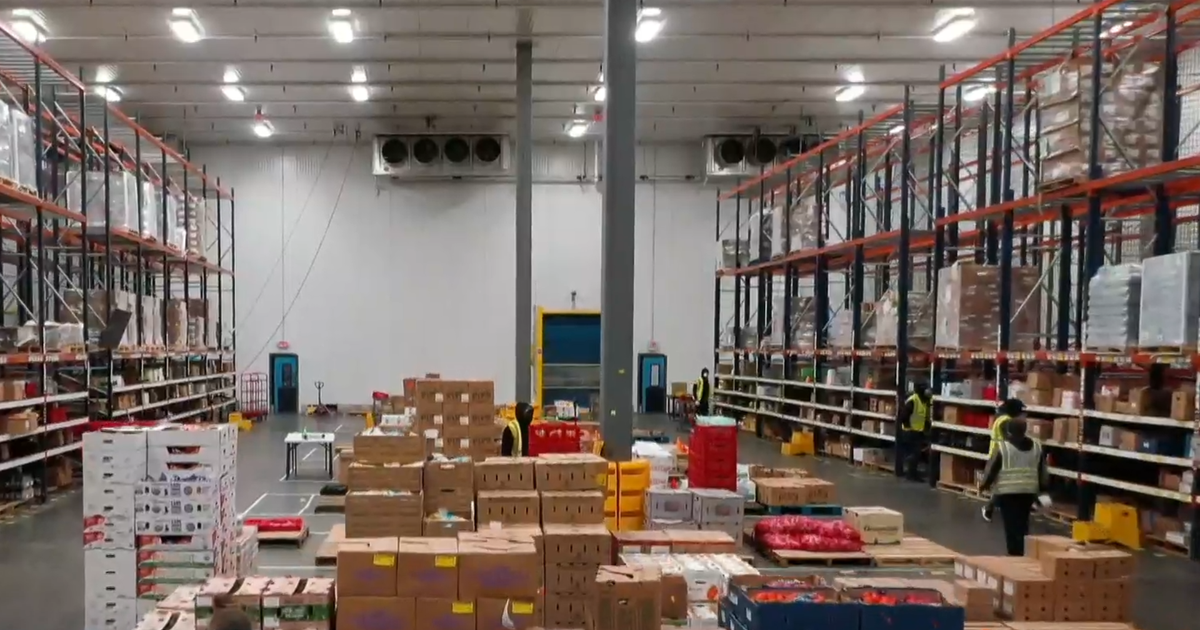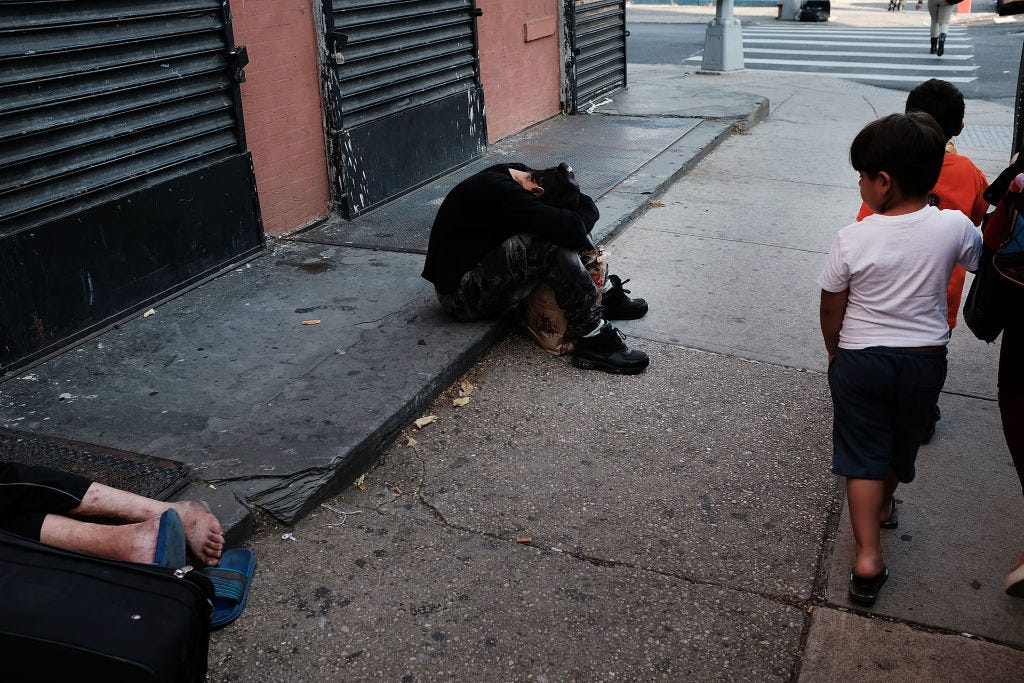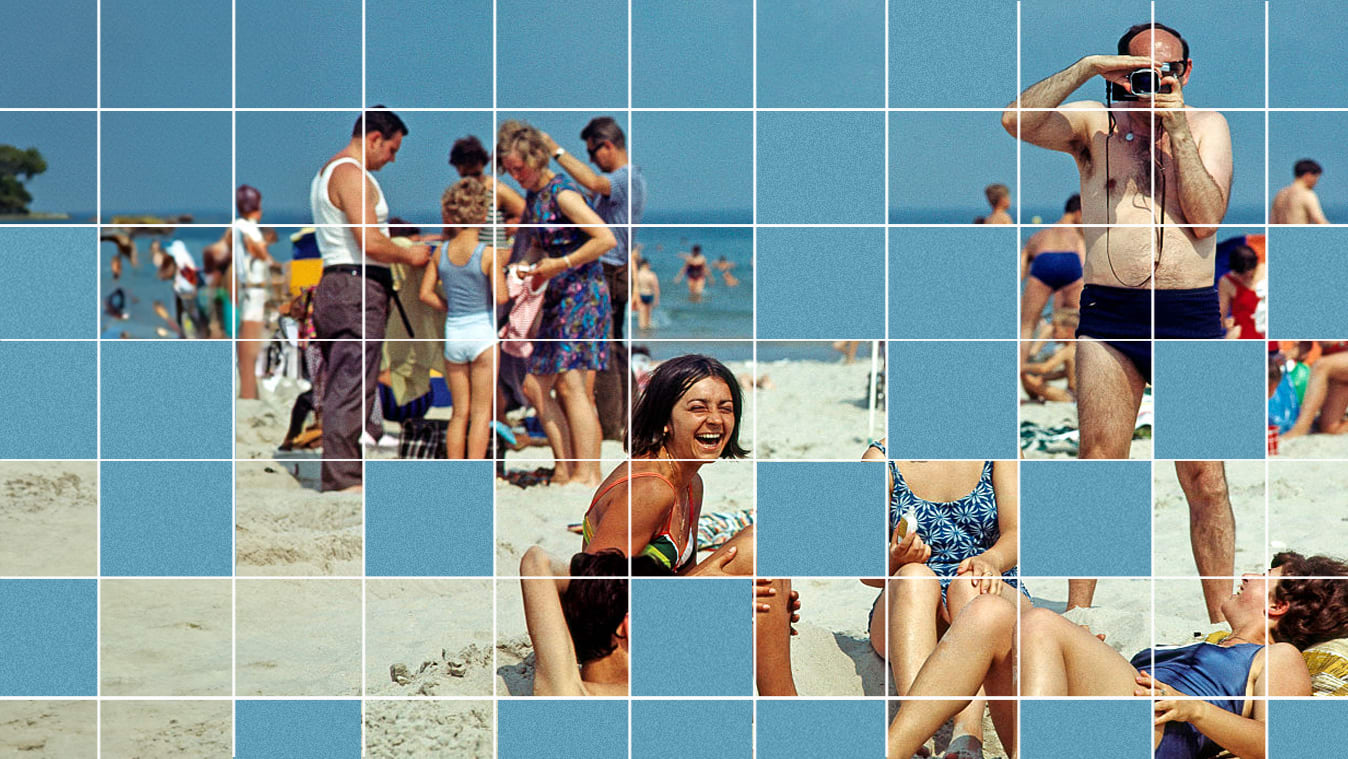Teens have easier access to drugs as illegal trade booms on social media
Last winter, Megan Macintosh found her 18-year-old son Chase unconscious after she says he experimented with pills. He died just over a month later, likely from a pill laced with fentanyl from an unknown source.
Macintosh turned to his social media for answers. Looking through her son's Snapchat, she said she saw bags of pills and mushrooms. "I felt really helpless like there's really nothing I can do when I saw how prevalent it was, how many people were in his feed," she said.
The drug trade is booming on social media, according to Kathleen Miles, who works for the Center on Illicit Networks and Transnational Organized Crime. "I think social media can be great, but it also has a really dark side of it," Miles said.
With fentanyl in high circulation, the risks are often deadly. The U.S. recorded more than 100,000 drug overdose deaths in a 12-month period for the first time, according to the Centers for Disease Control and Prevention. It's the highest number of drug overdose deaths ever recorded in a year.
The Drug Enforcement Administration has warned of the alarming increase in the availability and lethality of fake prescription pills containing fentanyl and methamphetamine.
In her experience, Miles said teenagers on social media are two degrees of separation away from a drug dealer.
CBS News asked Miles to create two fake profiles across Instagram, Snapchat and TikTok, claiming they were 18, but publicly identifying as high school students.
One was actively searching for drugs and found an apparent dealer within 48 hours.
The second account used different hashtags like #depression, #sad and #anxiety. While all three social media platforms provided some mental health resources, posts about marijuana and cigarettes also appeared on Instagram.
"By the third day, on Instagram," Miles said, "we were fully immersed into drug culture." For her, this culminated in a picture of someone appearing to snort cocaine. Miles added that the tech companies bear responsibility. "Since they aren't liable, they're not creating the guardrails needed to keep our kids safe."
Snapchat told CBS News it is "determined to do their part to eradicate drug sales." Instagram said it will "continue making improvements" to keep young people safe. According to the latest quarterly Transparency Report, TikTok has removed nearly 96% of drug-related videos within 24 hours. All three companies said they are using technology to proactively remove this content.
Macintosh has a message for other parents following her son's death: "It was my kid. It can be your kid," she said. Macintosh believes it's all about the approach. "Let's have an honest conversation about why, how and what we need to do as a family to keep you safe and happy.'"
The full statements from Snapchat and Meta are below:
"The tragic drug epidemic requires urgent action and we are determined to do our part to eradicate drug sales on Snapchat. We have raised awareness of the dangers of counterfeit pills laced with fentanyl directly in our app to inform young people of the deadly consequences. We use cutting edge technology including machine learning tools to proactively detect and remove drug-related content on Snapchat. We also use third-party detection tools to scan other platforms where drug dealers may be trying to contact Snapchatters. We work with law enforcement and partner with parent groups, safety organizations, and experts who inform all of these practices, and we constantly evaluate where we can keep strengthening our work to combat this illegal activity." - Snapchat spokesperson
"We don't allow the sale of illicit drugs on Instagram. As a result of the technology we've developed to find and remove this content proactively, we now remove over 96% of it before people report it. We will continue making improvements to keep people safe on Instagram, particularly the youngest members of our community. " - Meta spokesperson
